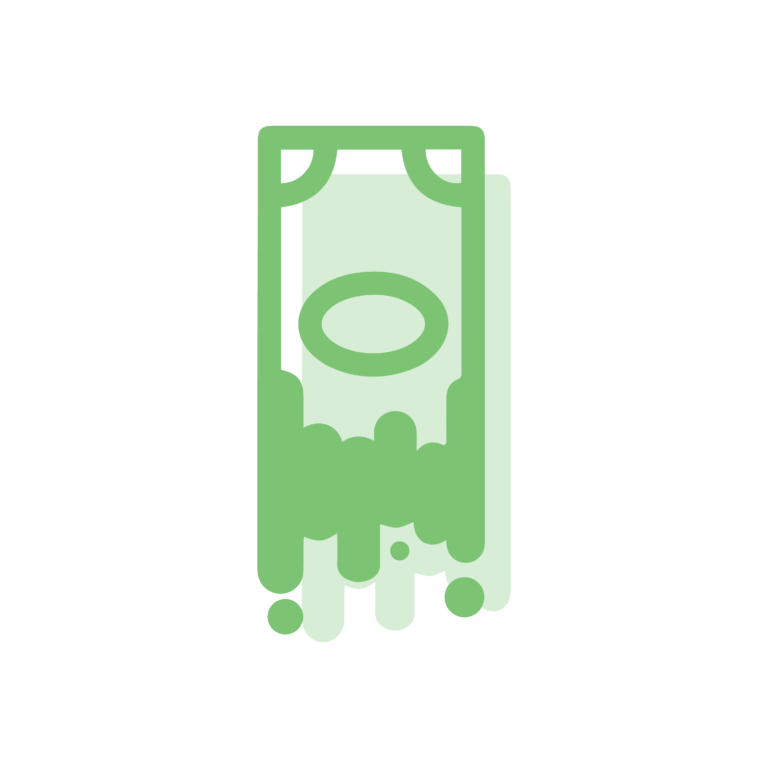Ditching Dirty Money
Ditching Dirty Money
HOW COVID-19 ACCELERATED THE MOVE TO CASHLESS FOR SOUTH AFRICAN SMALL BUSINESSES
HOW COVID-19 ACCELERATED THE MOVE TO CASHLESS FOR SOUTH AFRICAN SMALL BUSINESSES.
More cashless businesses in South Africa post-pandemic.
Though the shift away from cash has been on the cards for years, nothing has accelerated a move to card and digital payments quite like the COVID-19 pandemic.
When South Africa announced its lockdown in the middle of March 2020, the priority for business owners was simply how to stay afloat. Fast forward a few months and the question has become, how to operate safely and lawfully while enforcing protocols like social distancing and sanitisation?
As business owners grew to fit the environment they found themselves in, so too did their payment habits.
Here, we take a look into Yoco’s payment data and merchant base to determine exactly how and what the pandemic changed about payment behaviour in South Africa.
Though the shift away from cash has been on the cards for years, nothing has accelerated a move to card and digital payment quite like the COVID-19 pandemic.
When South Africa announced its lockdown in the middle of March 2020, the priority for business owners was simply how to stay afloat. Fast forward a few months and the question has become, how to operate safely and lawfully while enforcing protocols like social distancing and sanitisation?
As business owners grew to fit the environment they found themselves in, so too did their payment habits.
Here, we take a look into Yoco’s payment data and merchant base to determine exactly how and what the pandemic changed about payment behaviour in South Africa.
Has the focus on health and hygiene made dirty money a thing of the past?
Are business owners (and their customers) ready to go cashless?
Going cashless during COVID-19
By the end of July South Africa had more than 500,000 confirmed cases of Coronavirus. Wherever the virus surged, so did cashless behaviours.
We surveyed 4386 business owners and asked them how they felt about cash payments and the possibilities of a cashless society.
At the end of March, 8% of Yoco businesses did not accept cash. Three months later, that number rose to 32%.


Growth of Cashless Businesses by Industry
| INDUSTRY | MARCH 2020 | JULY 2020 |
|---|---|---|
| Food, Drink & Hospitality | 3% | 19% |
| Health, Beauty & Fitness | 7% | 35% |
| Retail | 5% | 23% |
| Personal & Professional Services | 14% | 40% |
| Leisure, Travel & Entertainment | 12% | 43% |
| Other | 7% | 39% |
| INDUSTRY | MARCH 2020 | JULY 2020 |
|---|---|---|
| Food, Drink & Hospitality | 3% | 19% |
| Health, Beauty & Fitness | 7% | 35% |
| Retail | 5% | 23% |
| Personal & Professional Services | 14% | 40% |
| Leisure, Travel & Entertainment | 12% | 43% |
| Other | 7% | 39% |
Growth of Cashless Businesses by Province
| PROVINCE | % of cashless businesses before the pandemic | % of cashless businesses after the pandemic |
|---|---|---|
| Eastern Cape | 9% | 26% |
| Free State | 4% | 19% |
| Gauteng | 10% | 35% |
| Kwazulu-Natal | 5% | 26% |
| Limpopo | 2% | 28% |
| Mpumalanga | 0% | 25% |
| North West | 4% | 28% |
| Northern Cape | 6% | 25% |
| Western Cape | 8% | 32% |
| PROVINCE | % of cashless businesses before the pandemic | % of cashless businesses after the pandemic | |
|---|---|---|---|
| Eastern Cape | 9% | 26% | |
| Free State | 4% | 19% | |
| Gauteng | 10% | 35% | |
| Kwazulu-Natal | 5% | 26% | |
| Limpopo | 2% | 28% | |
| Mpumalanga | 0% | 25% | |
| North West | 4% | 28% | |
| Northern Cape | 6% | 25% | |
| Western Cape | 8% | 32% |
We asked business owners around the country why they chose to go cashless. Health, safety, and security topped the list. In order to keep customers safe, it was time to ditch dirty money.

We asked business owners around the country why they chose to go cashless. Health, safety, and security topped the list. In order to keep customers safe, it was time to ditch dirty money.

"
Turning to cards during COVID-19
Small business owners across South Africa make use of a variety of payment methods to give their customers a range of options: everything from cash to QR codes.
Pre-pandemic, the dominant payment method for these businesses was cash but COVID-19 quickly caused impact across the board as cash went down and card payments rose up.
The spread of payment methods used by South African small business
| Payment Method | Method usage before the pandemic | Method usage after the pandemic |
|---|---|---|
| Cash | 86% | 77% |
| Card Swipe or Insert | 75% | 86% |
| Card Tap | 34% | 48% |
| Online Payment | 38% | 50% |
| EFT | 79% | 80% |
| QR Codes | 6% | 9% |
| Other | 5% | 5% |
| Payment Method | Method usage before the pandemic | Method usage after the pandemic |
|---|---|---|
| Cash | 86% | 77% |
| Card Swipe or Insert | 75% | 86% |
| Card Tap | 34% | 48% |
| Online Payment | 38% | 50% |
| EFT | 79% | 80% |
| QR Codes | 6% | 9% |
| Other | 5% | 5% |
"


What do small businesses
think about cash?
70% of people think that cash is dirty.
of businesses who went cashless during the pandemic say that they will remain that way permanently.
What are the challenges to going cashless?
Businesses are going cashless
globally
According to Square’s Making Change report, “The worldwide impact of COVID-19 is reflected in global payment trends.” They compared the percentage of cashless businesses from Japan to the UK, to see how each country compares before and after peak pandemic.
South Africa tracks just below the worldwide average increase (28%) in cashless businesses, with an increase of 24%.
| COUNTRY | MARCH 2020 | JULY 2020 |
|---|---|---|
| Australia | 6% | 36% |
| Canada | 9% | 48% |
| Great Britain | 10% | 60% |
| United States | 8% | 31% |
| COUNTRY | MARCH 2020 | JULY 2020 |
|---|---|---|
| Australia | 6% | 36% |
| Canada | 9% | 48% |
| Great Britain | 10% | 60% |
| United States | 8% | 31% |
